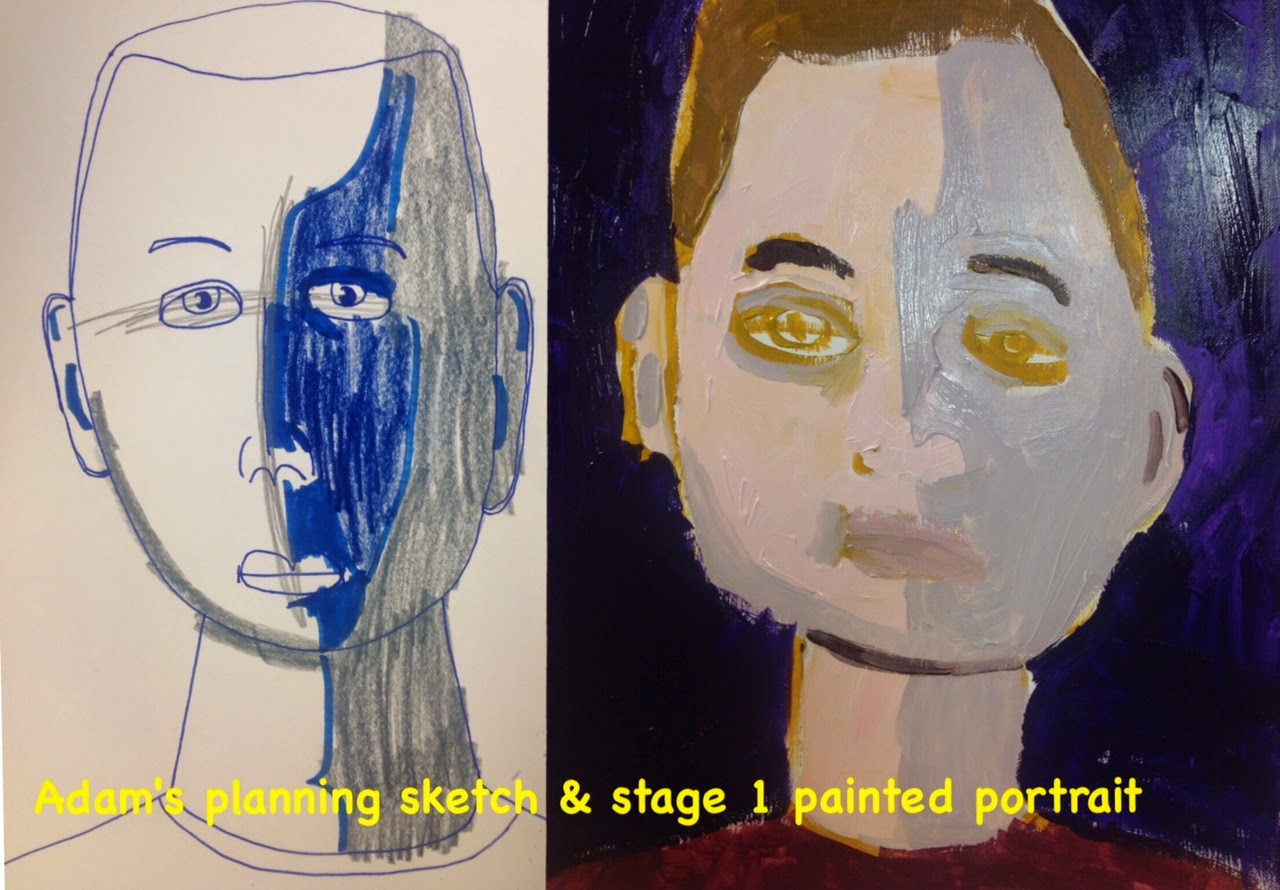Drawing can be a useful tool for developing communication skills in young children, and in older children (and teens and adults) with communication delays.
One of the techniques I commonly use in therapy is "collaborative drawing", where each person contributes to the larger drawing, and the drawing itself acts as a visual record of the conversation or story. Take a look at this video (made with my typically developing nephew Will when he was 4 years old) for a short demonstration of this technique:
Today I want to share with you some interesting developments from one of my young friends on the autism spectrum. Kieran is a bright active young boy (in grade 4) with delays in the development of his verbal language. He is very visual and is a whiz at math and putting together complicated building toys using diagram instructions. For the past two years, his family and I have been drawing things for him, making visual representations of what happens in our toy play and also of situations and interactions from the larger world around him.
During our early sessions, he was happy to have others do the drawing. The drawing was a good anchor for our conversations during play and this helped his focus, his comprehension and his verbal language development. Following our drawing/play sessions he liked to have the big drawings posted on the walls at home so he could look at them, think about them and talk about them with his family.
Then, at the beginning of this calendar year, Kieran started to take a more active role in the drawing process.
He began to frequently tell me what to draw and how to draw it. For example, this "portrait" of him and his cat was drawn in January according to his very detailed instructions:
 |
| portrait of Kieran in cowboy hat & tractor pyjamas (drawn by me, directed verbally by him) |
He started drawing spontaneously to express himself - here is a picture, also from January, that he drew when his mom was drawing out some challenges from the school day (his suggestion ... how about going to Monster University?):
 |
| "I want to go to Monster University" |
He has begun to draw collaboratively, adding details and figures to our large drawings (that we do beside our toy play), so now those drawings include his direct visual thoughts as well as his play ideas and what he has verbally directed me to add.
Here's a drawing from February where we explored the difficulty of loud noises and emotional responses to various situations - at the end of our session, he spontaneously added his two cats:
 |
| this "big picture" is done on 2 ft x 3 ft paper beside our toy play area (this day we were playing with trains & plasticine figures) |
 |
| Kieran's cat Ginger |
 |
| Keiran's cat Spooky |
Then at our last session in April, he added multiple details to our picture about Thomas the Tank Engine and friends:
 |
| Kieran added tracks and faces and smokestacks and many other details |
What are the benefits of going after communication in this context?
First and foremost, it's fun and relaxed, and it makes formidably difficult skills (communication and social interaction) more approachable and accessible.
Second, it stimulates communication development in a very natural context, so the language learned is already generalized to where it's functional and fits.
Third, it lets the individual (who is the target of the therapy) set the pace - you can be certain that the information is going in, and they will show you when they have enough information and confidence to give the new skills a try.
Because we have never forced the issue, Kieran continues to willingly taking steps forward, trying new things and gaining confidence daily.
I leave you with his latest creation, a plasticine cat modeled after the many little plasticine animals I have made for him during our play over the last year - as you can see, it's a great cat with lots of personality and a happy disposition ... just like the young artist who made it.
 |
| Kieran's clay creation |









